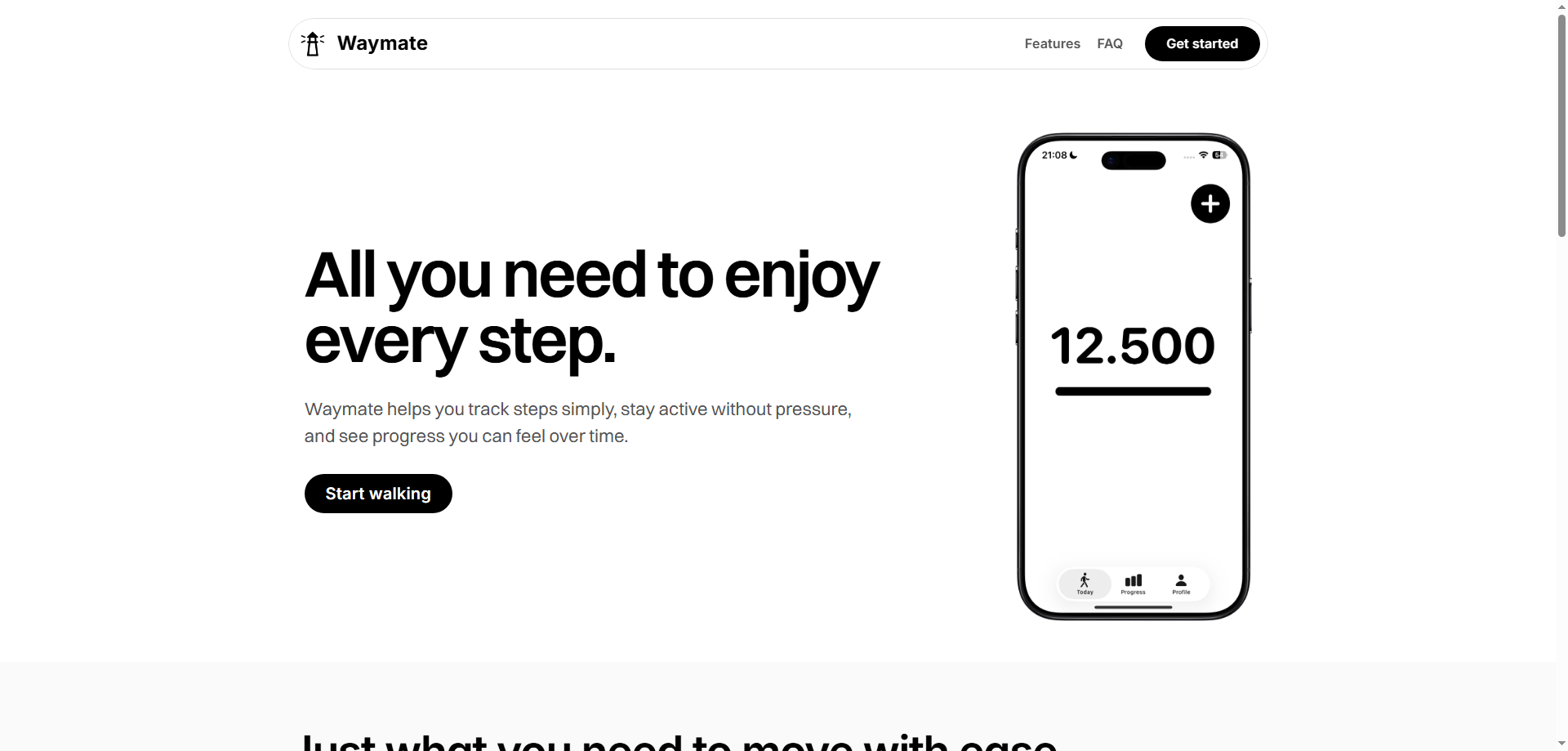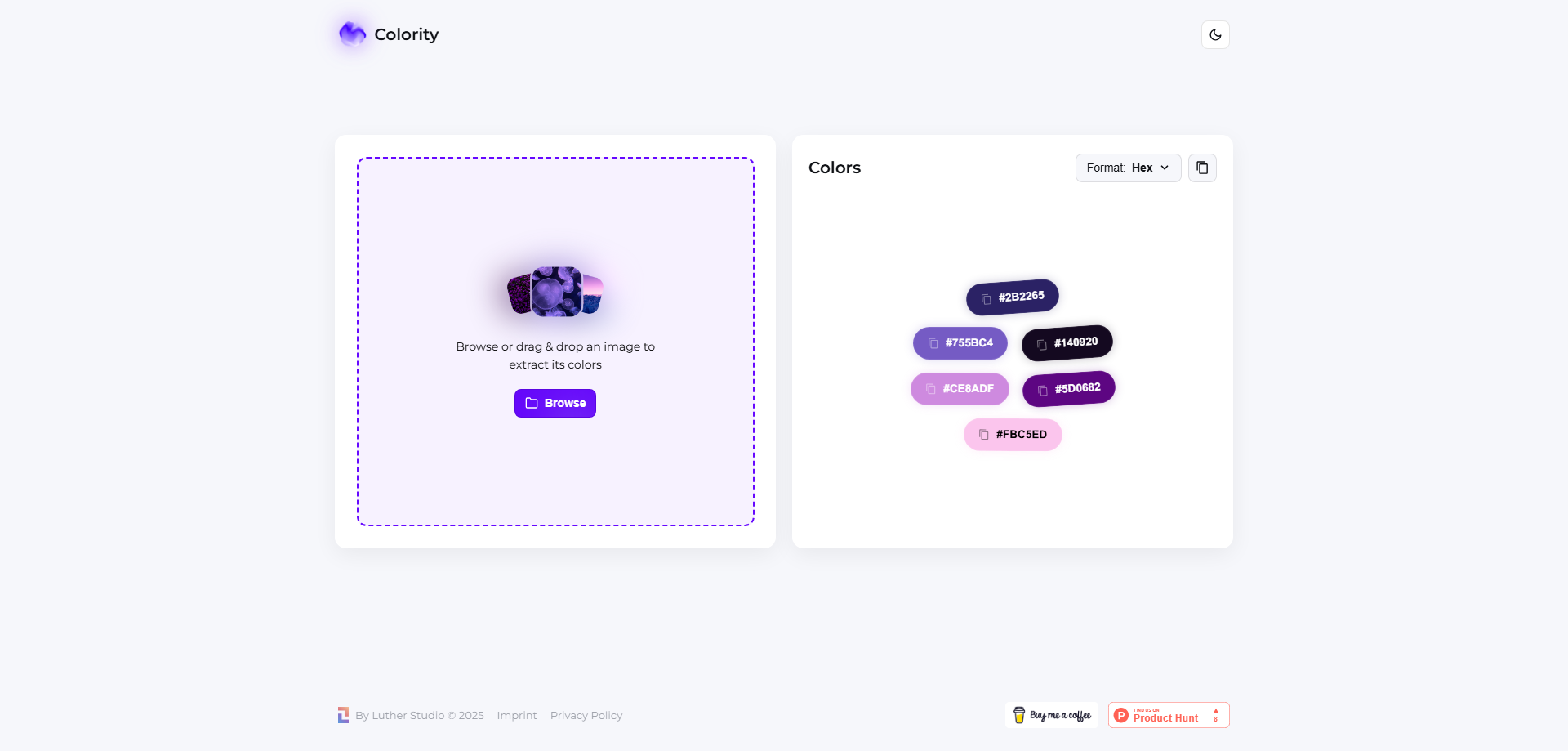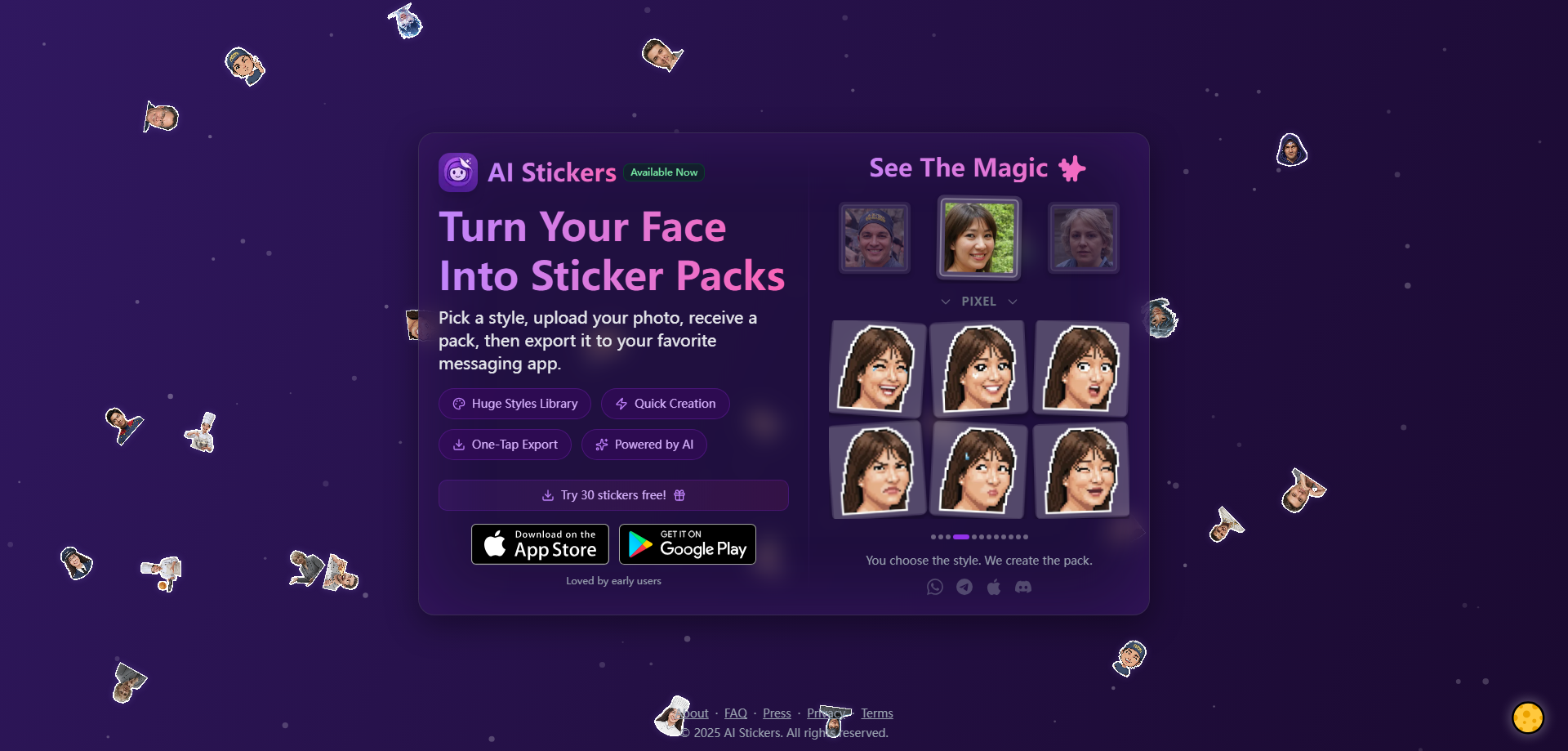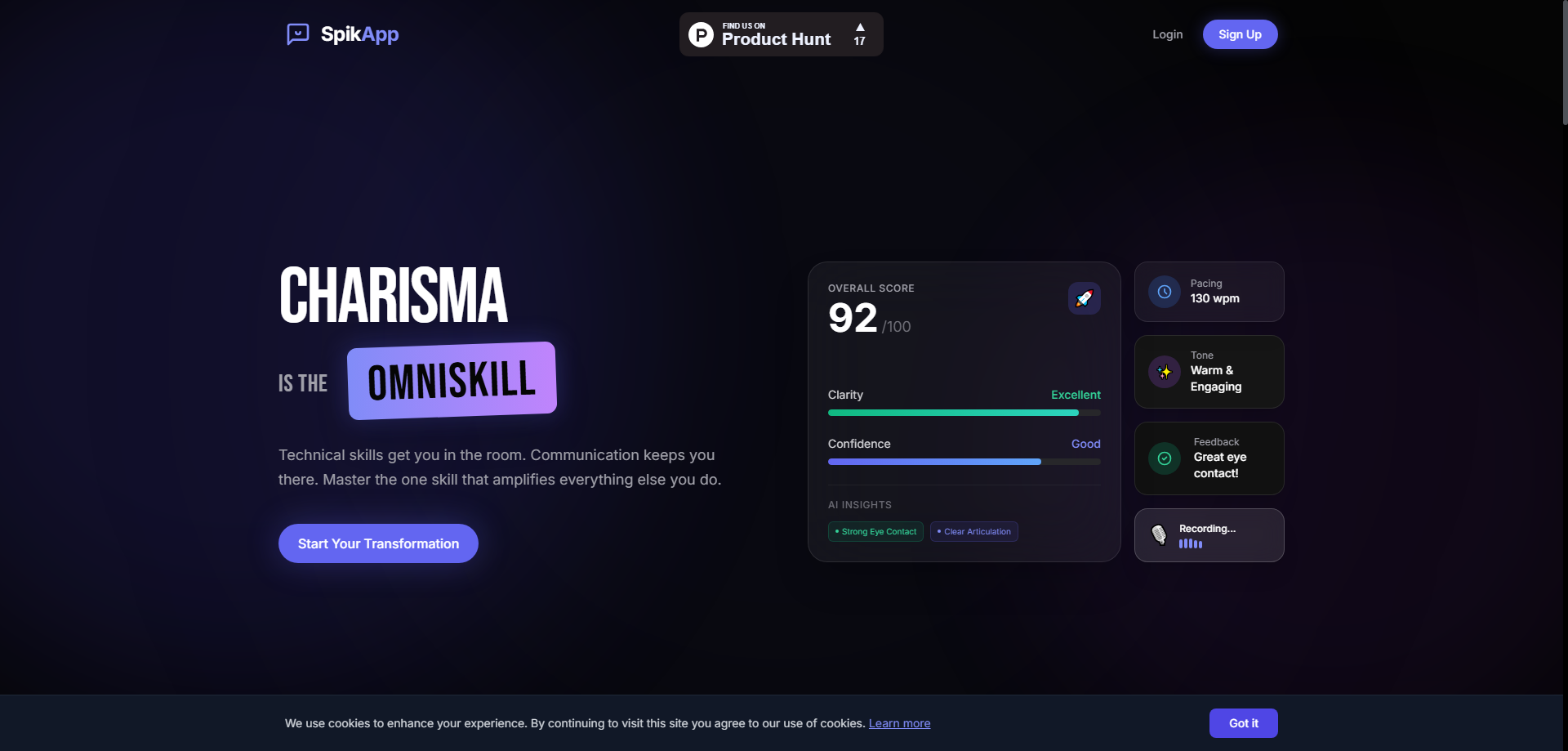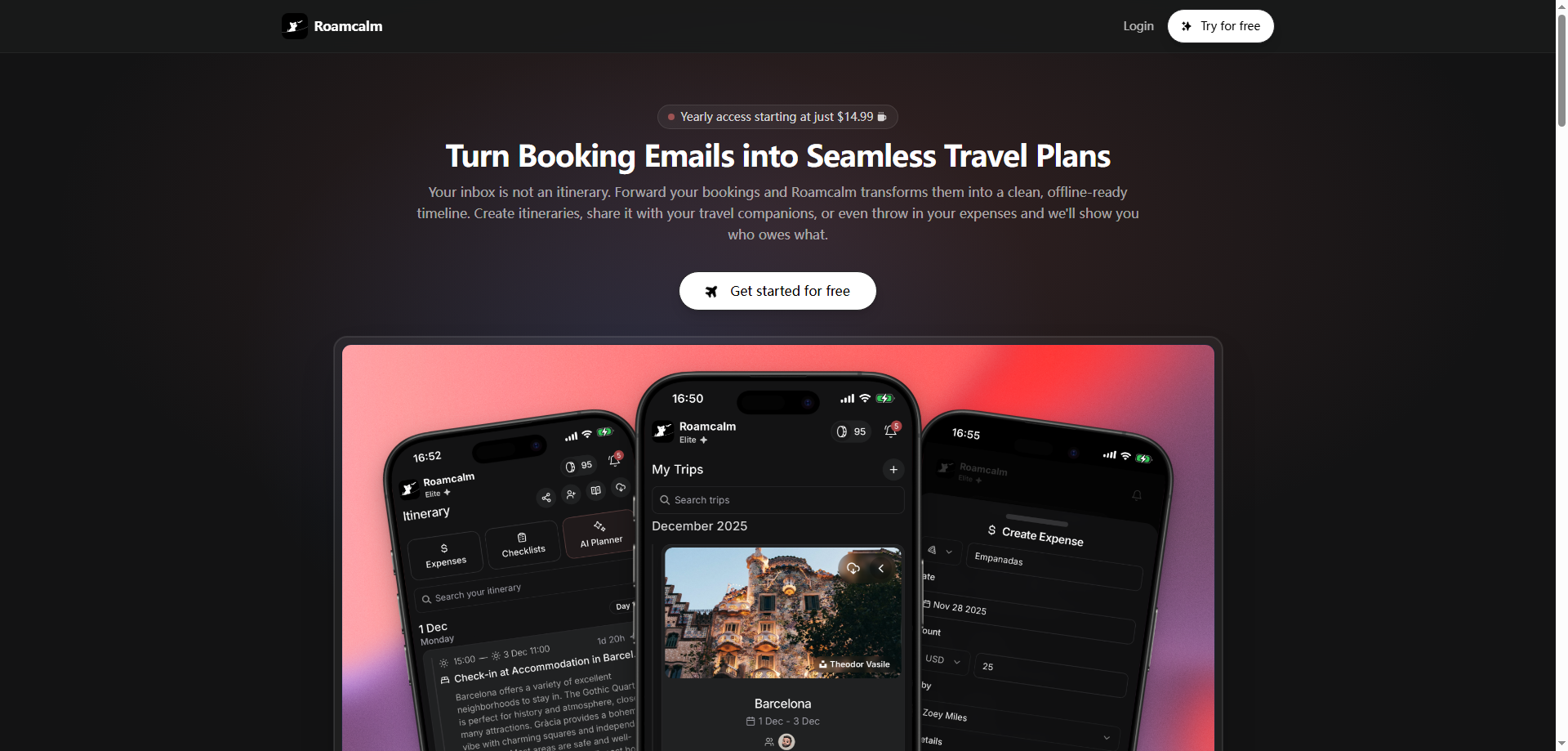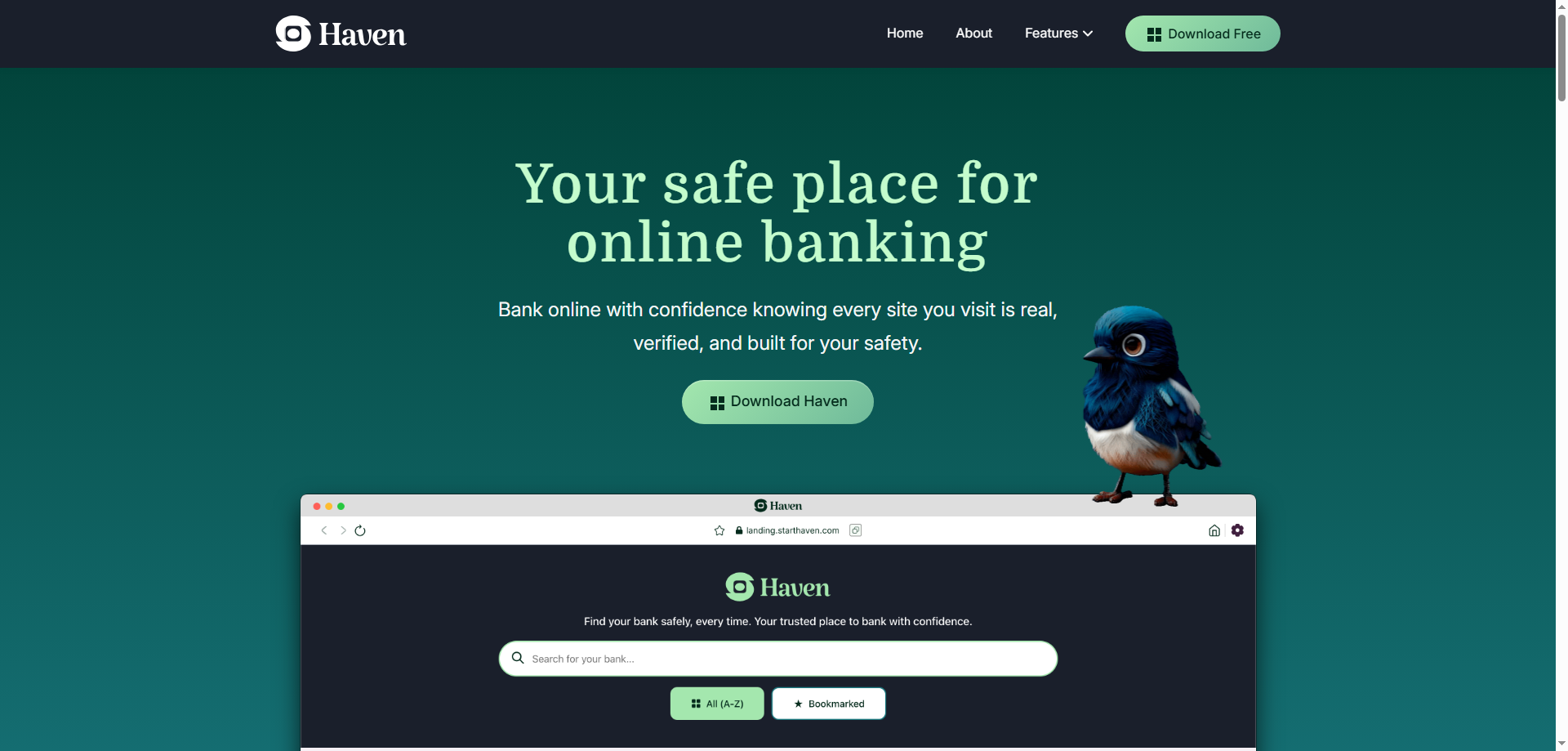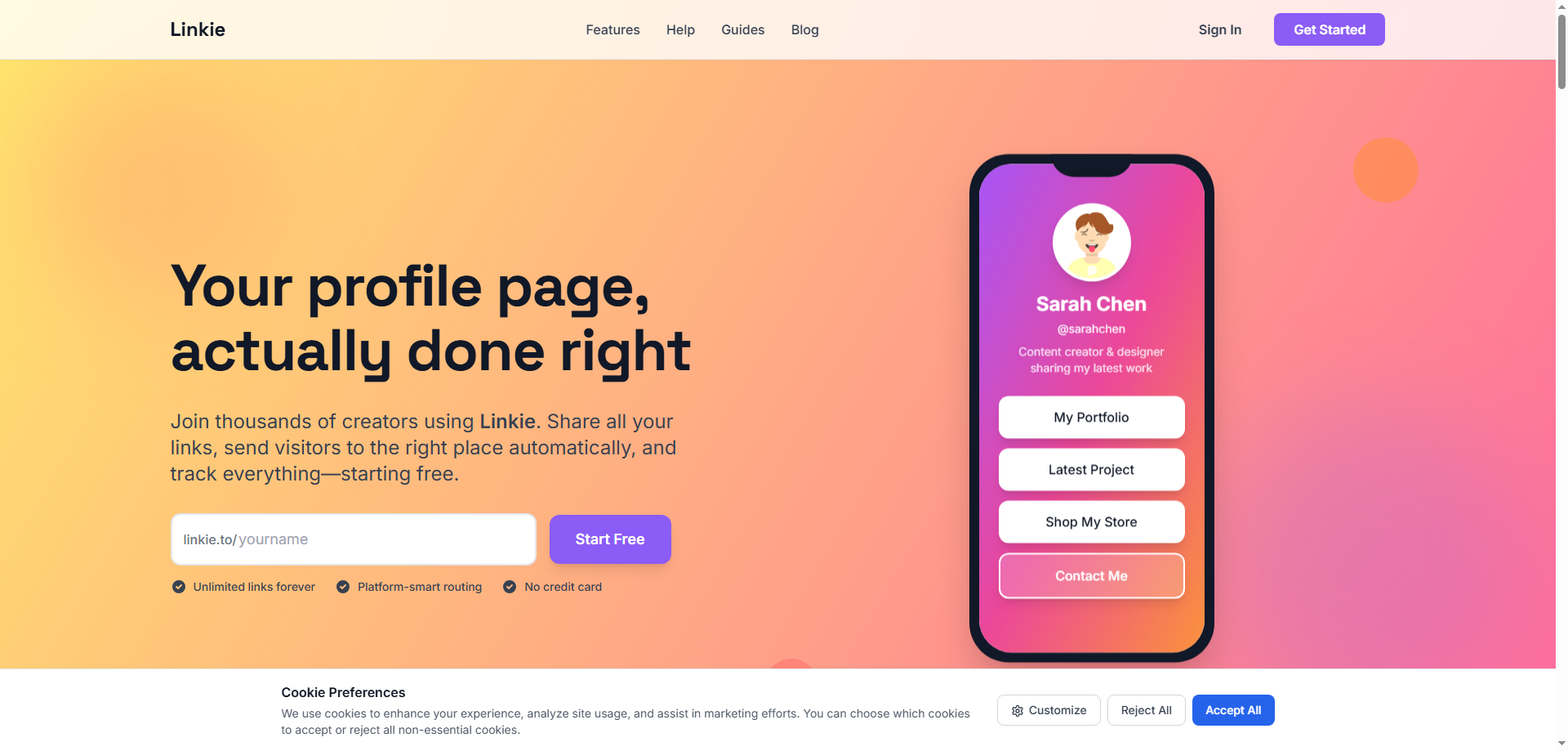GraphRAG: Advanced Tool for Hierarchical Data Extraction and Analysis
GraphRAG is a cutting-edge tool in the realm of Retrieval Augmented Generation (RAG), designed for users who need structured, hierarchical data extraction from raw text. Unlike traditional semantic-search methods, GraphRAG builds a knowledge graph, creating a community hierarchy and generating summaries for these communities. This approach enhances the reasoning capabilities of language models, making it ideal for complex data analysis. By leveraging Azure resources, the Solution Accelerator package offers an end-to-end experience, simplifying the integration process. For those looking to dive deeper, the Indexer and Query packages provide comprehensive documentation to get started.
GraphRAG Features
GraphRAG is an advanced AI tool designed to enhance the analysis and understanding of large text corpora through graph machine learning. Below is a detailed breakdown of its key features and functionalities.
Indexing Process
TextUnit Creation
- Purpose: Breaks down the input corpus into smaller, manageable units called TextUnits.
- Benefit: Provides fine-grained references for more precise analysis and output generation.
Entity, Relationship, and Key Claim Extraction
- Purpose: Utilizes a Large Language Model (LLM) to identify and extract entities, relationships, and key claims from the TextUnits.
- Benefit: Facilitates a deeper understanding of the text by highlighting important elements and their interconnections.
Hierarchical Clustering
- Technique: Employs the Leiden technique for clustering.
- Visualization: Each entity is represented as a circle, with size indicating the degree of the entity and color representing its community.
- Benefit: Helps in visualizing and understanding the structure and relationships within the dataset.
Community Summarization
- Purpose: Generates summaries of each community and its constituents from the bottom-up.
- Benefit: Aids in obtaining a holistic understanding of the dataset, making it easier to grasp the overall context and key points.
Query Modes
Global Search
- Purpose: Designed for reasoning about holistic questions concerning the entire corpus.
- Method: Leverages community summaries to provide comprehensive answers.
- Benefit: Ideal for obtaining a broad understanding of the dataset and answering high-level questions.
Local Search
- Purpose: Focuses on specific entities and their immediate context.
- Method: Fans out to the neighbors and associated concepts of the targeted entity.
- Benefit: Useful for detailed analysis and understanding of specific parts of the dataset.
Prompt Tuning
Customization
- Purpose: Fine-tuning prompts to optimize the performance of GraphRAG with specific datasets.
- Guide: Follow the Prompt Tuning Guide for best practices.
- Benefit: Ensures that the tool delivers the best possible results tailored to the user's unique data and requirements.
Conclusion
GraphRAG offers a robust set of features for analyzing and understanding large text corpora through graph machine learning. Its indexing process, combined with powerful query modes and customizable prompt tuning, makes it a versatile tool for researchers, data analysts, and anyone needing to extract meaningful insights from complex datasets.

